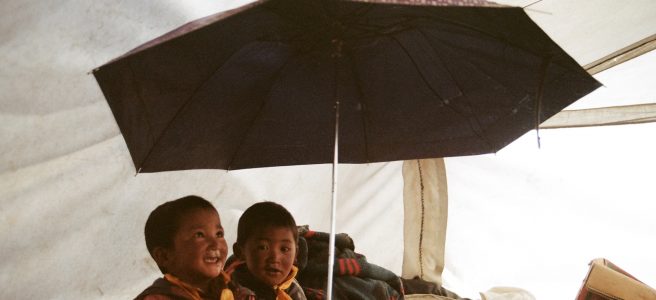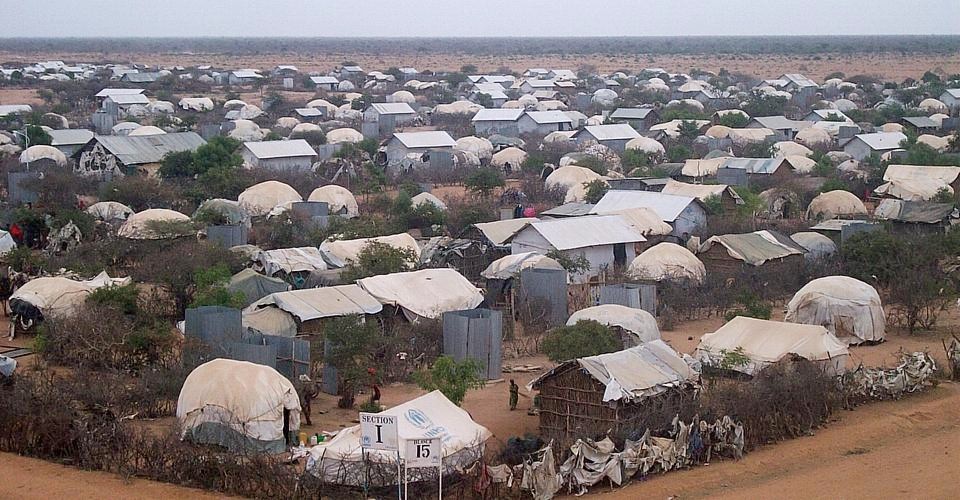
There are more displaced persons today than at any other point in the history of the world. Most of these people have been displaced from their homes by persecution, conflict, environmental disasters, and economic strain. Over half of all recorded refugees are children who have been deprived of their material possessions, statehood, and sometimes even loved ones. They are seeking solace and some resemblance of comfort in purposefully constructed refugee camps, as well as unplanned settlements. Below is a listing of the top 7 refugee camps around the world.
1. Kakuma Refugee Camp, Kenya (184,550)
Established in 1992, Kakuma camp is located in Northwestern Kenya. It’s currently the world’s largest refugee camp, hosting over 184,000 people. Kakuma is co-managed by Kenya’s Department of Refugee Affairs, and the UNHCR. The majority of refugees in this camp are South Sudanese (100,000), followed by Somalis (55,000). There are also refugees from 20 other nations stationed here. Most displaced people at Kakuma fled their homes as a result of civil war. The situation at Kakuma is grave. The little infrastructure there is there has been widely overtaxed. There are minimal opportunities for employment, and cases of disease and malnutrition are very common.
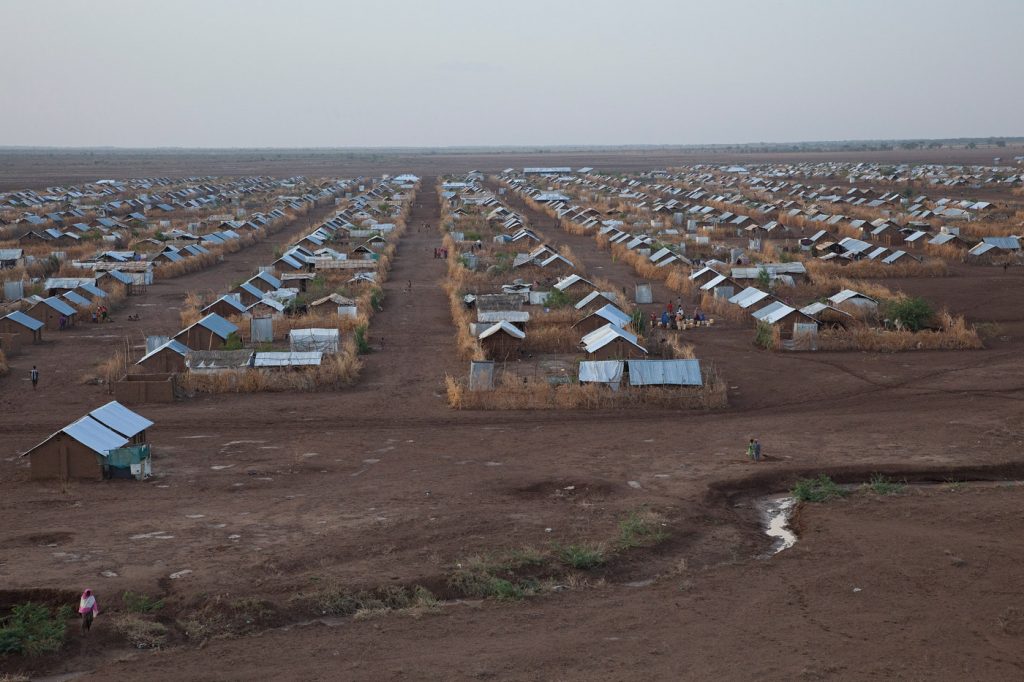
2. Hagadera Refugee Camp, Kenya (105,998)
Hagadera is part of the Dadaab complex of refugee camps stationed in south-eastern Kenya. It’s currently the second largest worldwide, hosting over 100,000 refugees. Over 95 percent of refugees stationed at this camp are Somalis. Hagadera is massively congested, and refugees usually live in informal settlements on its outskirts.
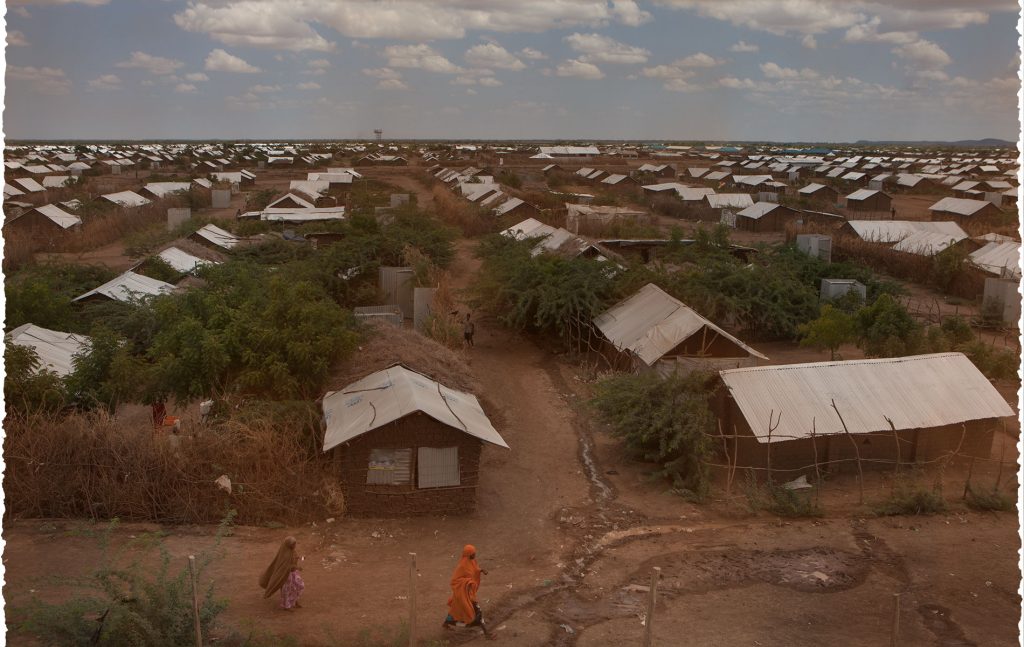
3. Dagahaley, Kenya (87,223)
Like Hagadera, Dagahaley camp is also a part of the Dadaab complex. It’s population nearly hits the 90,000 mark. Dagahaley was rapidly built in the 1990s to accommodate refugees fleeing from the Somali Civil War. It’s highly crowded, and the Kenyan government has threatened to close it altogether, which makes its fate uncertain.
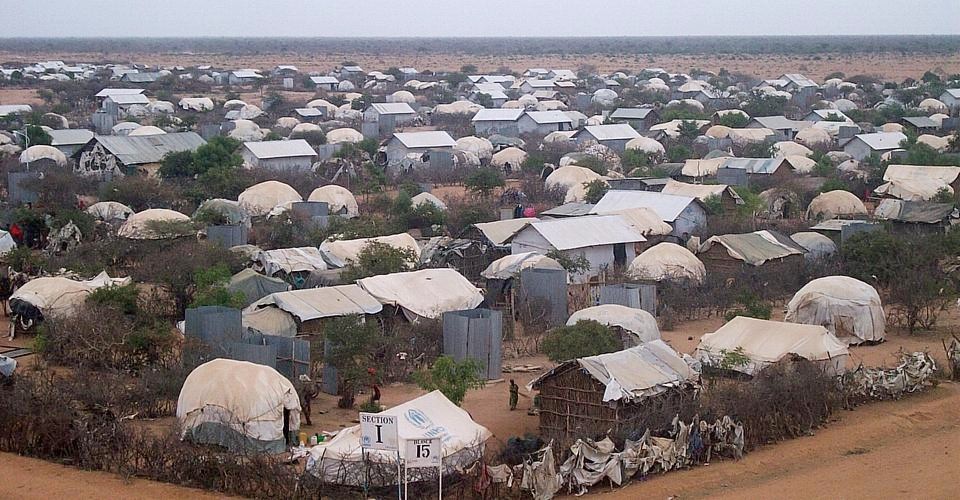
4. Ifo, Kenya (84,089)
Of the 5 refugee camps that make up the Dadaab complex, Ifo is the oldest. It hosts more than 80,000 refugees, mainly from Somalia. The camp is insanely overcrowded, not to forget that it’s also located in a flood-prone area.
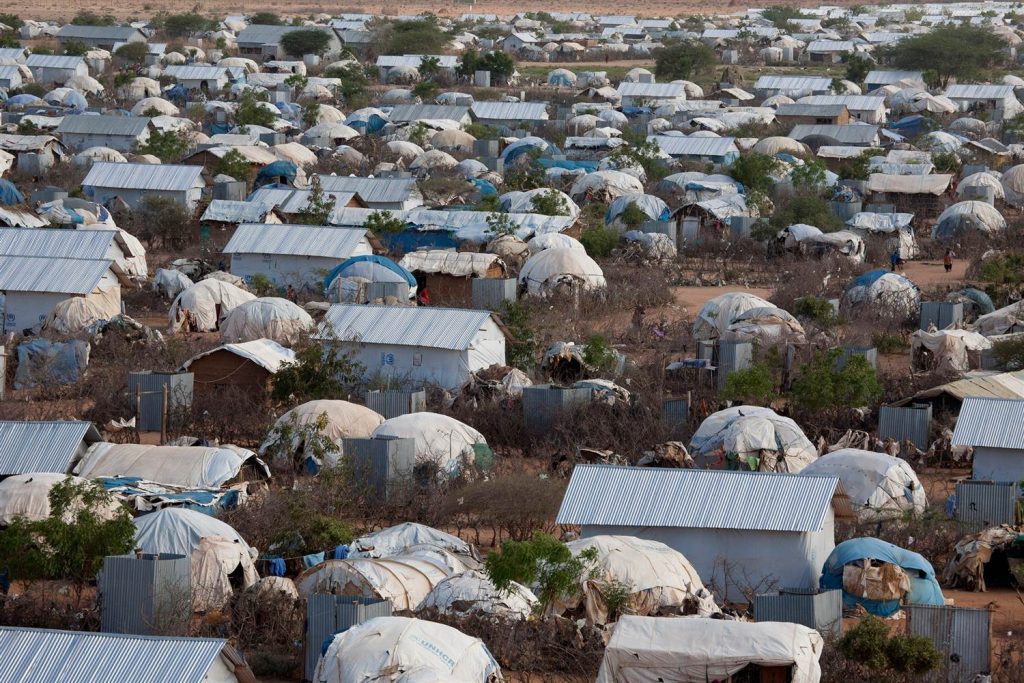
5. Zaatari, Jordan (77,781)
Located in northern Jordan, Zaatari is home to over 77,000 refugees, primarily from Syria. It was established by the UNHCR in conjunction with the Jordanian government in 2012, as a response to Syria’s burgeoning humanitarian crisis. Occupants of this camp are served by two hospitals, 9 schools, and at least 3,000 refugee-owned shops. The camp also has a circus academy, a soccer league, and various recreational amenities.
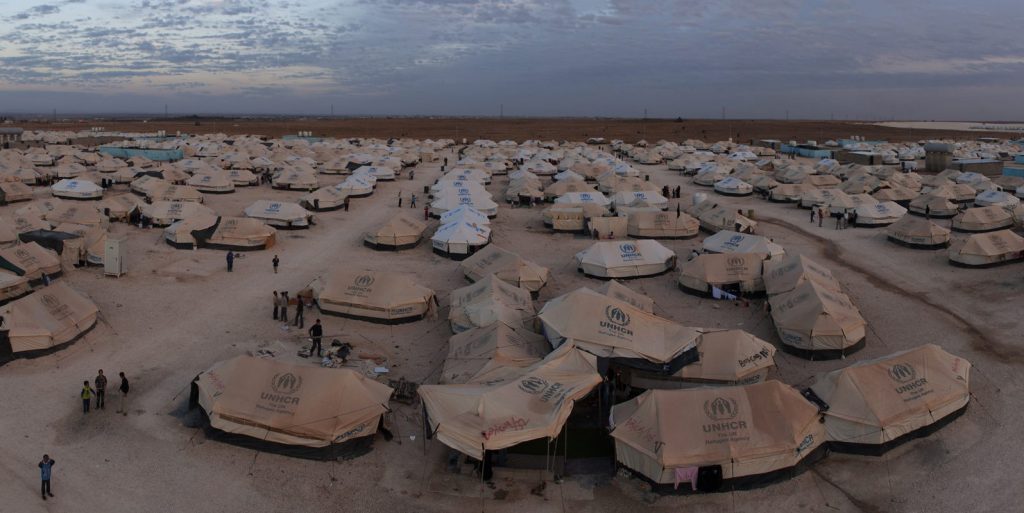
6. Yida, South Sudan (70,331)
In 2011, South Sudan earned its independence from Sudan, following two decades of civil war. Both nations remain unstable, and huge numbers of Sudanese citizens have sought refuge across the border at the Yida refugee camp. Unlike most other camps highlighted in this list, Yida is an unplanned settlement that sprouted from the 2nd Sudanese civil war.
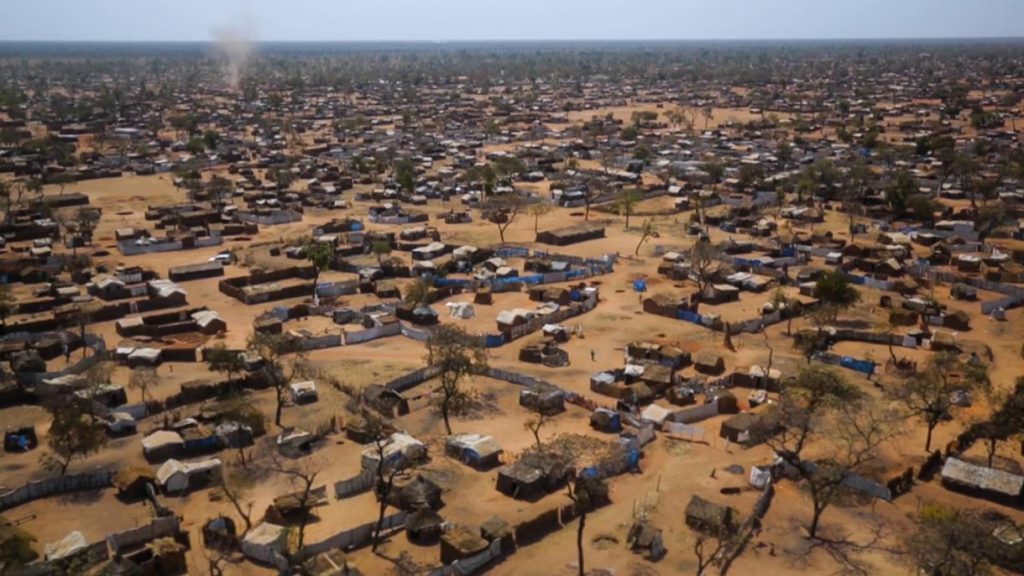
7. Katumba, Tanzania (66,416)
The oldest refugee settlement highlighted in this list, Katumba goes back to 1972. It was established when scores of Burundian citizens moved across the border to Tanzania. Apparently, they were escaping from mass exterminations carried out by the then Burundi government on Hutu civilians. Like Yida, this is also an unplanned settlement.
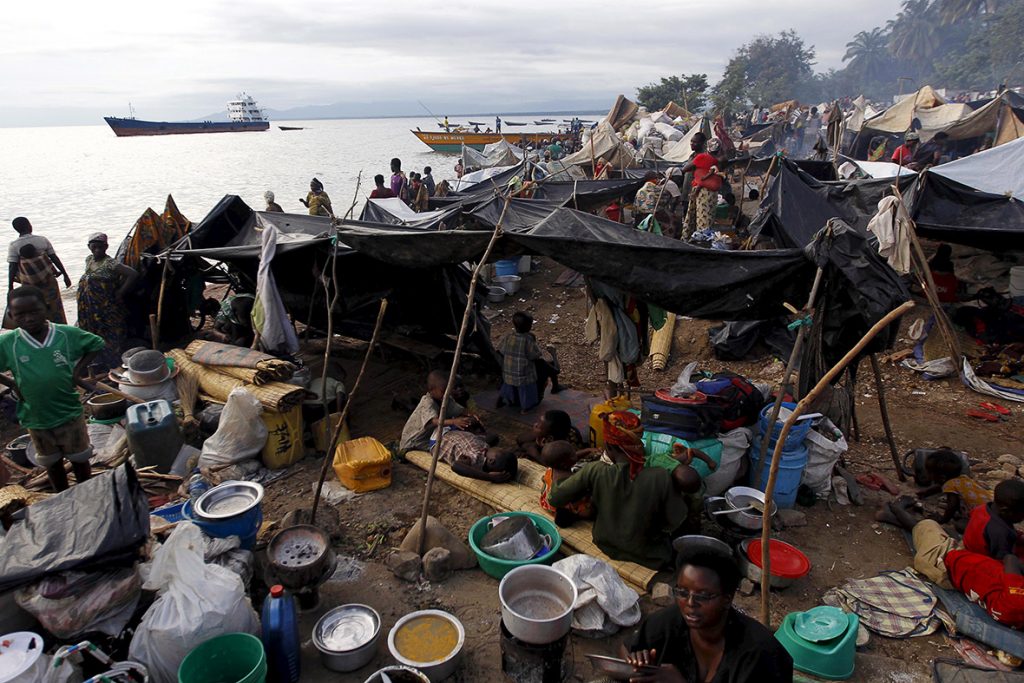
Most of these refugee camps were created to be temporary facilities. However, they have developed into full-fledged cities, complete with mini-economies, governance systems, and civic institutions.

